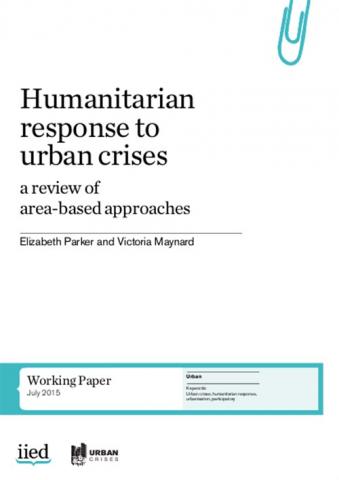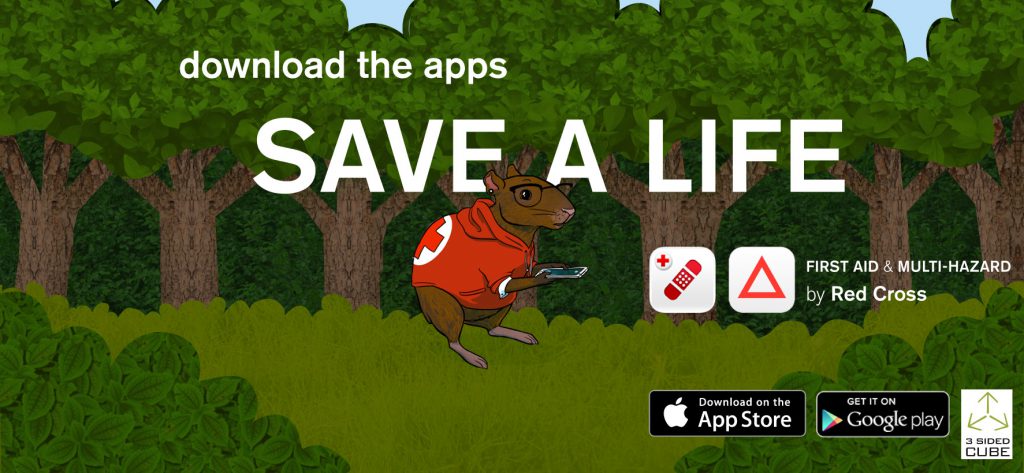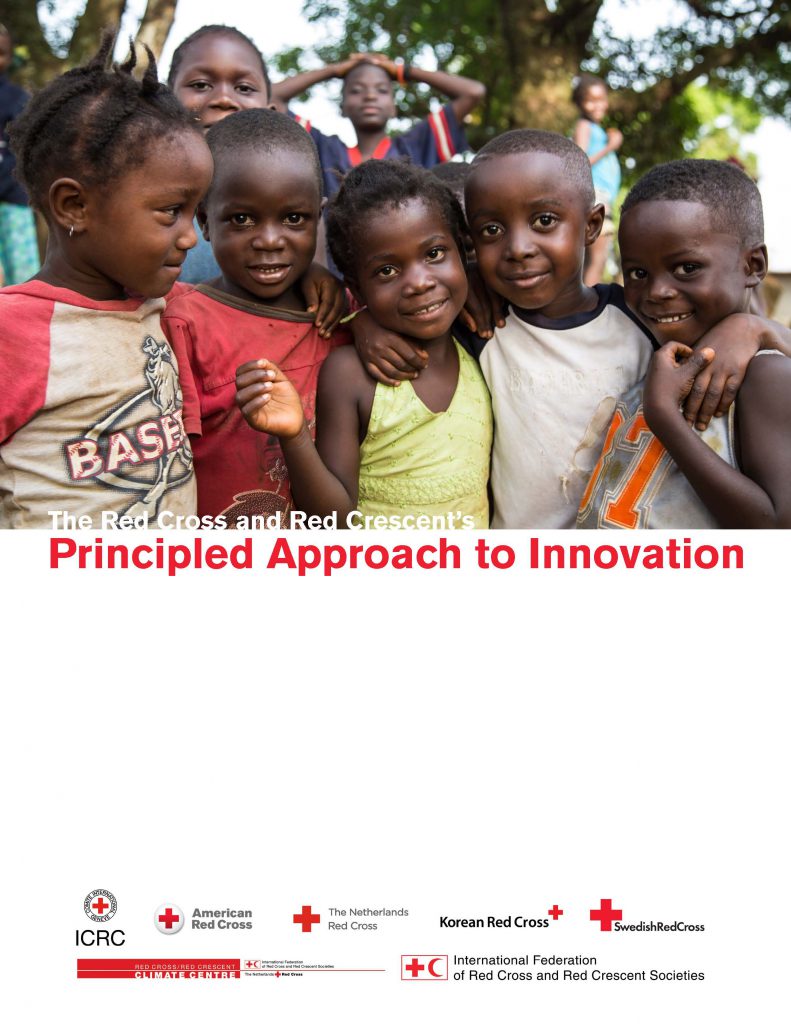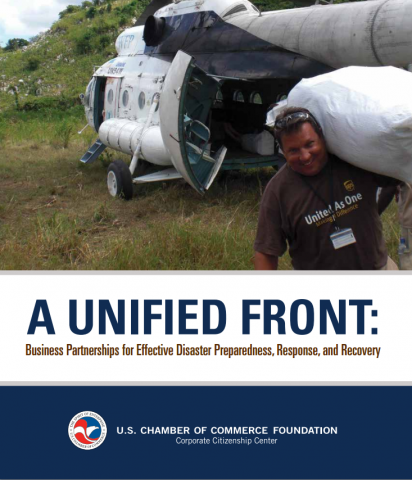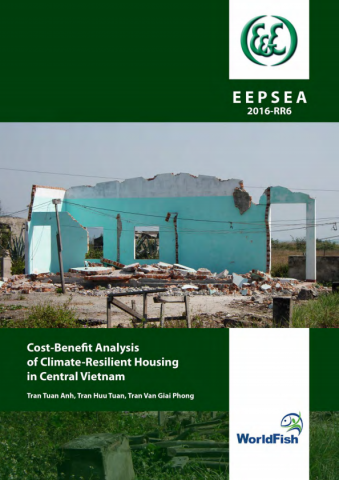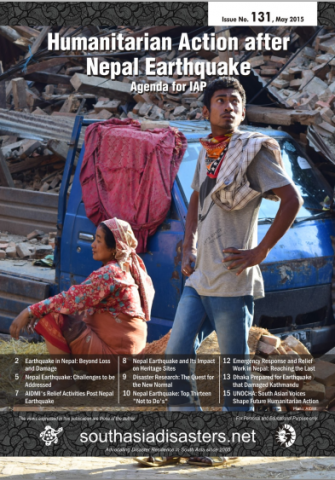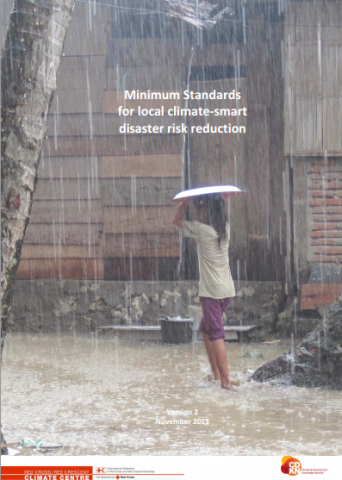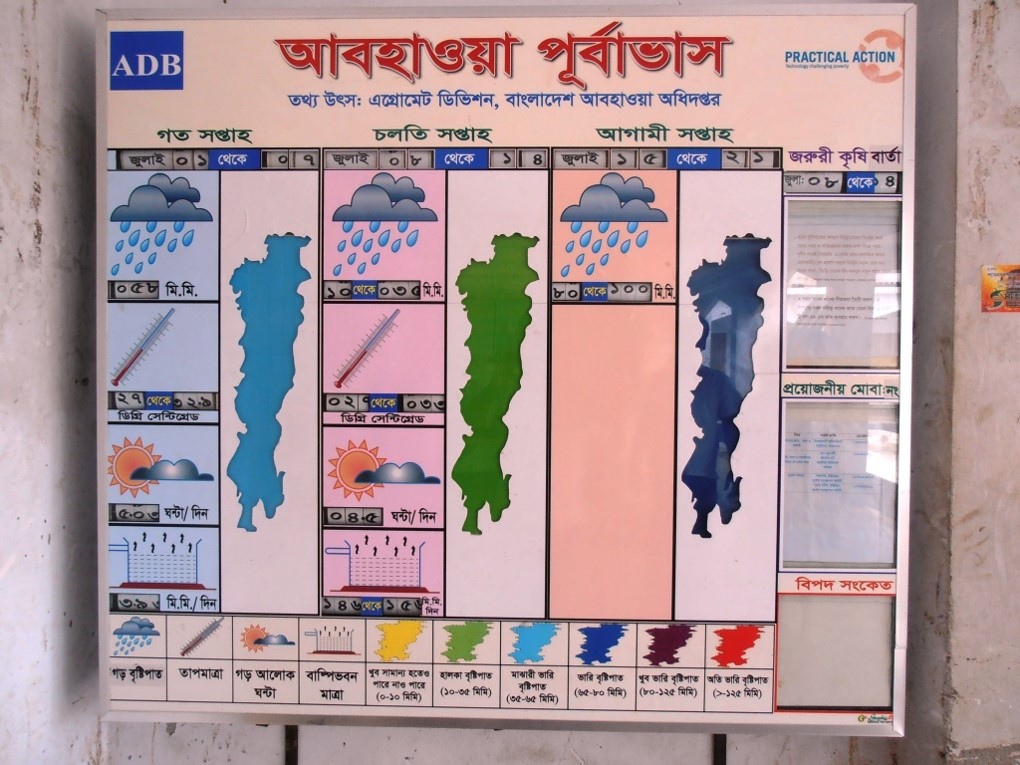Humanitarian response to urban crises: a review of area-based approaches
In recent years there has been increasing interest in area-based approaches among humanitarian actors responding to urban crises. Through analysis of case studies, as well as available policy literature, this paper proposes that, in an urban context, area-based approaches have three defining characteristics: they are geographically targeted, and adopt a multi-sectoral, participatory approach. Area-based approaches […]
Humanitarian response to urban crises: a review of area-based approaches Read More »

